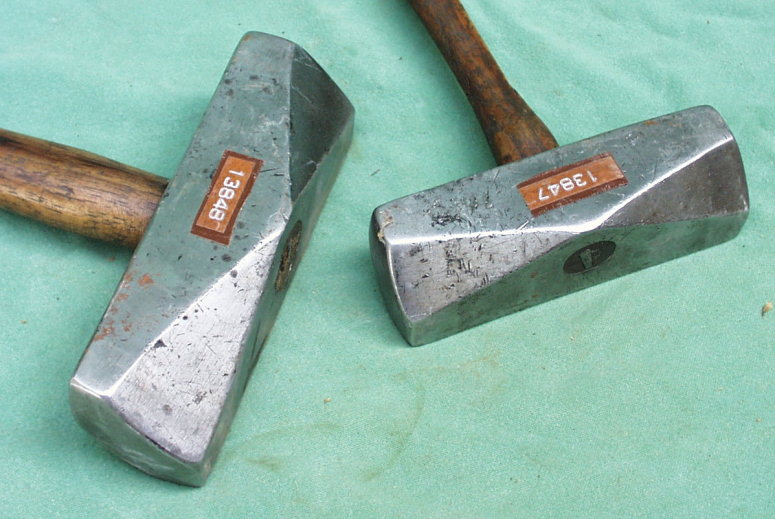So I'm finding that my japanese rip saw is nice for doing small amounts of work but for longer cuts, I'm wanting something a bit quicker. I see several folk say that a rip saw with 3-4 TPI is what's needed for this. As I've got most of my tools off ebay, I've headed over there to get an idea of what's available.
And simply for rip saws, with about 4-5 TPI, there don't seem to be many. Those that look good, have all their teeth and the seller says their straight, are all quite expensive, £50 and upwards. I've seen that Thomas Flinn sell 4.5 TPI rip saws for about £75 depending on the exact length. Which isn't far off the price of a second hand one on ebay.
Am I just not looking hard enough on ebay? Should I buy a couple of sheddy looking saws and hope I can bring them back to life, they just all seem to be missing teeth and covered in rust. I should point out I'm happy to sharpen the saws myself (and I know that I'll have to sharpen the brand new one as well). Or should I just bite the bullet and buy a new one, knowing that it'll be a 'rip saw for life'.
On much the same note, I'd really like a cross cut panel saw and they really seem to be un-common. And again expensive. Also, what TPI for a cross cut panel saw? 10?
And simply for rip saws, with about 4-5 TPI, there don't seem to be many. Those that look good, have all their teeth and the seller says their straight, are all quite expensive, £50 and upwards. I've seen that Thomas Flinn sell 4.5 TPI rip saws for about £75 depending on the exact length. Which isn't far off the price of a second hand one on ebay.
Am I just not looking hard enough on ebay? Should I buy a couple of sheddy looking saws and hope I can bring them back to life, they just all seem to be missing teeth and covered in rust. I should point out I'm happy to sharpen the saws myself (and I know that I'll have to sharpen the brand new one as well). Or should I just bite the bullet and buy a new one, knowing that it'll be a 'rip saw for life'.
On much the same note, I'd really like a cross cut panel saw and they really seem to be un-common. And again expensive. Also, what TPI for a cross cut panel saw? 10?



































